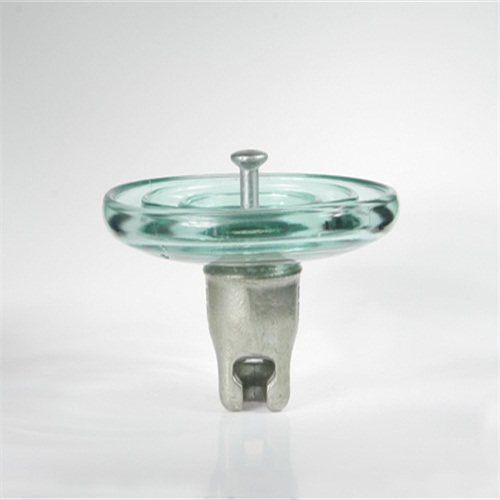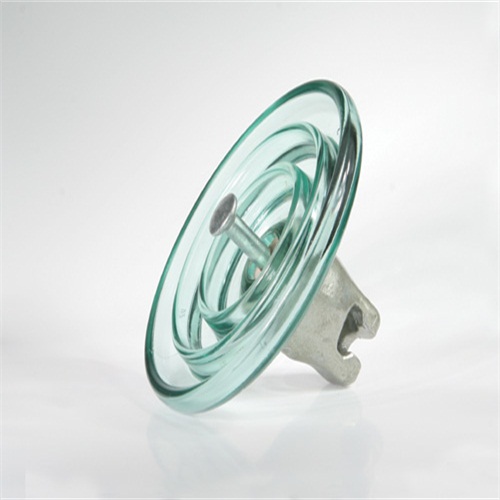Honda held the "2015 Honda Meeting" at the Honda Institute of Technology Automotive Research and Development Center in October to introduce the new technology being developed to the news media. In addition to the miniaturization technology of the new fuel cell vehicle (FCV) and its components, the prototype of the new "NSX", plug-in hybrid electric vehicle (PHEV), the world's first 10-speed AT (in the world) Automatic transmission), high efficiency engine and automatic driving technology. In addition, automated driving was demonstrated using a test vehicle.
This article refers to the address: http://
In terms of FCV, the miniaturization technology of the powertrain system was introduced. The miniaturization of fuel cell stacks, voltage control units (VCUs), power control unit (PCU) integrated drive motors, speed reduction mechanisms, and electric compressors has been achieved. For the first time in the mass production FCV, the powertrain system has been deployed. Under the front hood. According to reports, the powertrain is about the same size as the V-type 6-cylinder engine.

FCV's integrated powertrain

Chassis used by FCV
The fuel cell stack has a 50% increase in current density compared to the FCV "FCX Clarity" that began to be rented in 2008, reducing the number of stacked cells by 30%. In addition, the laminate size was reduced by 20% by reducing the interval between each battery cell to 1 mm. This achieves miniaturization of the fuel cell stack. The fuel cell stack has an output density of 3.1 kW/L, the highest level in the world.

Original fuel cell stack (left) and new fuel cell stack (right)

Improvement project of fuel cell stack (Honda's slide)
According to reports, the vehicle chassis used in this FCV is planned to be used in Honda's pure electric vehicles (EV), PHEVs and FCVs. The chassis can be equipped with an engine and a motor under the front hood, and a battery is provided in the hydrogen fuel tank portion below the front seat and below the rear seat, which can be widely used in a variety of models. The PHEV currently being developed by Honda is scheduled to use the chassis of the FCV. The relevant technical staff said, "It should be practical to be implemented around 2018." On the same day, the test drive of the PHEV trial car was also carried out.

Test vehicle for plug-in hybrid electric vehicle (PHEV)
With regard to the new gearbox equipped with the engine car, Honda announced that it is developing the world's first FF car (front engine, front-wheel drive) with a 10-speed AT for the purpose of improving efficiency and driving performance. Compared with the company's 6-speed AT, it not only improves fuel efficiency by 6%, but also increases the transmission ratio range (speed ratio range) to 10, and the acceleration performance at low speed and the quiet performance at high speed are also excellent. The length can be controlled at the same level as the 6-speed AT and is planned to be equipped with a 3.5L displacement vehicle.

Increase fuel efficiency and acceleration with a 10-speed AT (automatic transmission). (Honda's information)
In terms of the thermal efficiency of gasoline engines, Honda has previously increased thermal efficiency through supercharging. In the future, if we want to further improve the thermal efficiency, we cannot do without the advancement of combustion technology. As a related technology, the company is mainly studying two technologies of "introduction of EGR (exhaust gas recirculation) by supercharged engine" and "super-homogeneous lean combustion".
The former is a technique for suppressing knocking by an increase in pressurization and EGR, and reducing heat loss by low-temperature combustion. The latter is a technique for igniting combustion of a combustion gas in a cylinder more uniformly to reduce uneven combustion temperature and reduce NOx (nitrogen oxide). In order to stabilize the ignition, a high-energy ignition must be performed using a discharge spark plug. The relevant technical personnel said that the establishment of these technologies "before and after 2020".
The main technical aspects of autonomous driving introduce Honda's independent research to improve driving safety and comfort. The center content is a project "action plan" for the self-driving car to select the best route, and the vehicle control technology "route tracking vehicle control" that runs correctly on the route. This is a relatively difficult item of "judgment" and "control" in autonomous driving.

Honda’s main technology for autonomous driving
The "action plan" is a technique for judging which kind of travel route the vehicle should travel according to the information obtained by the on-vehicle sensor to drive safely and comfortably. In a timely manner, changes in driving conditions such as lane change and queue cutting can be handled at any time, and the best route is selected from a plurality of driving routes. "Route Tracking Vehicle Control" uses a vehicle-mounted camera, high-precision GPS (Global Positioning System), high-precision three-dimensional map, yaw rate (rotational angular velocity) sensor, etc. to estimate the position and posture of the vehicle, and detects the deviation from the target route through the steering wheel. The technique of correcting the control of the throttle and brakes. Honda plans to autopilot on highways around 2020, and these are the technologies being developed to achieve this goal.
Honda is conducting an empirical test using test vehicles, and demonstrated autopilots using GPS and route tracking vehicle control technology at the venue. In the test field, GPS is used to accurately track the route set in advance with an accuracy of tens of centimeters.
Standard Type Disc Insulator is made of glass to support and insulate wires. Standard disc Vintage Glass Insulators are connected together for the power cord, one end is connected to the pole by fittings, and the other end is connected to a conductor or cable. The most widely used in Glass Insulator production lines are tempered glass insulators. We also sale standard disc Porcelain Insulator and standard disc type Suspension Insulator.
Standard glass insulators: U70, U100, U120
Breaking load between 40kN and 240kN
Frequencies up to 100 Hz are supported.
Temperature range is between -60°C and +50°C.
The insulators are made of an insulating element, a cap and a pin.
The cap and pin are made of high-strength hot galvanized cast-iron, with corrosion- resistant coverage, it can be of the type ball-socket or clevis-tongue.The lock, a split-pin is made of stainless steel or phosphor bronze.
Parameters
| Currency Designation | U70B/140 | U70B/146 | U70B/127 | U100B/146 | U100B/127 | U120B/146 | U120B/127 |
| Designation | LXP3-70 | LXP1-70 | LXP2-70 | LXP-100 | LXP2-100 | LXP-120 | LXP2-120 |
| Diameter D,mm | 255 | 255 | 255 | 255 | 255 | 255 | 255 |
| Spacing H,mm | 140 | 146 | 127 | 146 | 127 | 146 | 127 |
| Creepage L,mm | 320 | 320 | 320 | 320 | 320 | 320 | 320 |
| Socket Soupling,mm | 16 | 16 | 16 | 16 | 16 | 16 | 16 |
| Mechanical Falling Load,KN | 70 | 70 | 70 | 100 | 100 | 120 | 120 |
| Mechanical Routine Test,KN | 35 | 35 | 35 | 50 | 50 | 60 | 60 |
| Wet Power Frequency withstand voltage,KV | 40 | 40 | 40 | 40 | 40 | 40 | 40 |
| Dry Lighting Impulse withstand voltage,KV | 100 | 100 | 100 | 100 | 100 | 100 | 100 |
| Impulse Puncture Voltage,PU | 2.8 | 2.8 | 2.8 | 2.8 | 2.8 | 2.8 | 2.8 |
| Power Frequency Puncture Voltage,KV | 130 | 130 | 130 | 130 | 130 | 130 | 130 |
| Radio Influence Voltage,μv | 50 | 50 | 50 | 50 | 50 | 50 | 50 |
| Corona Visual Test,KV | 18/22 | 18/22 | 18/22 | 18/22 | 18/22 | 18/22 | 18/22 |
| Power Frequency Electric arc voltage | 0.12S/20KA | 0.12S/20KA | 0.12S/20KA | 0.12S/20KA | 0.12S/20KA | 0.12S/20KA | 0.12S/20KA |
| Net Weight per unit,KG | 3.6 | 3.6 | 3.5 | 4 | 4 | 4 | 4 |



We warmly welcome friends both domestic and abroad to visit our company, for more details about glass insulator, if you have any questions, please contact with us directly.
Standard Type Disc Insulator
Vintage Glass Insulators,Standard Disc Type porcelain Insulator,Standard Disc Type Suspension Insulator,Standard Type Disc Insulator
FUZHOU SINGREE IMP.& EXP.CO.,LTD. , https://www.cninsulators.com